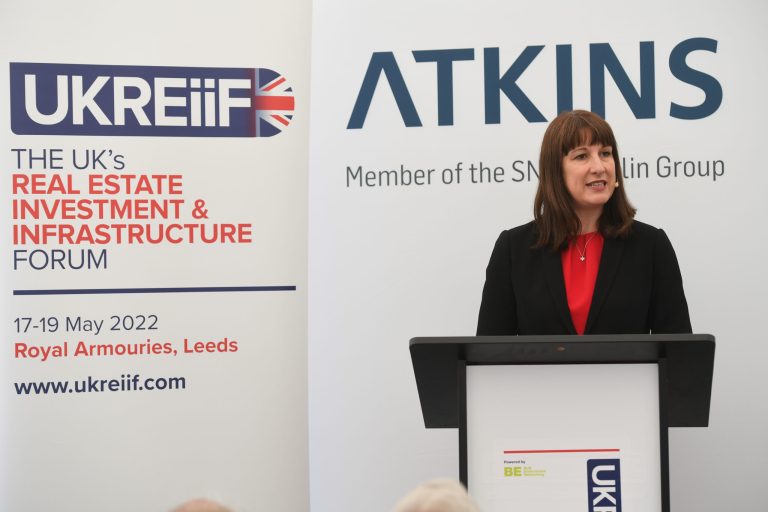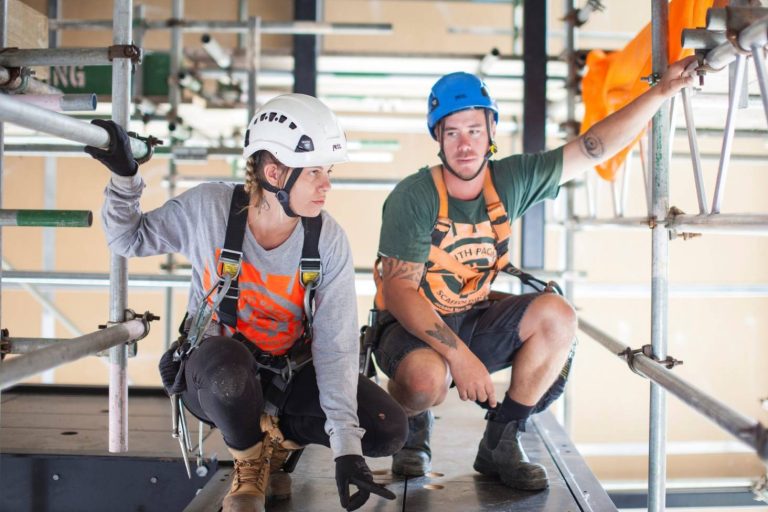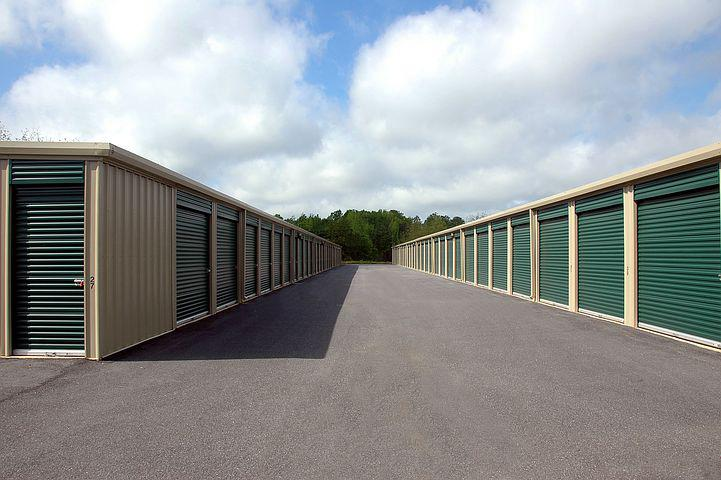As she gave the UKREiiF keynote this Thursday (19 May), Shadow Chancellor Rachel Reeves said a Labour government would get the economy firing on all cylinders – and backed the British construction industry to help forge that path towards a stronger economy. Speaking at the Royal Armouries Museum as part of the three day conference hosted by the UK’s Real Estate Investment and Infrastructure Forum, she told attendees ranging from investors, developers and occupiers of real estate, how Labour’s plan to grow the economy and bring jobs and prosperity to all parts of the country. And she said the party were committed to support businesses and the industry with the huge challenges facing them from rising inflation and supply chain problems. She said that a partnership between government and business lies at the heart of Labour’s plan for growing the economy, and laid out the party’s key plans to: Buy, make and sell more in Britain Introduce a Climate Investment Pledge to leverage in massive private investment into the economy, boost businesses and create jobs across all parts of the country Create an Industrial Strategy that will help grow the economy and help British industries lead the pack Scrap business rates and replace them with a fairer and more modern form of business property taxation Introduced on the levelling up stage by director of Built Environment Networking Ltd, Phil Laycock, Reeves said that Labour will always be proudly pro-worker and proudly pro-business party. And she noted that “as we rebuild after the pandemic, transition to a low-carbon economy, and meet the challenges and opportunities of the future, businesses large and small will be an essential part of that collective national effort.” Speaking about levelling up, she said “As every one of you will know, a real plan for growth needs to be a plan for growth felt in every part of the country. In too many parts of our country, confidence in the future does not yet match pride in the past. “If we are going to fix that, it will take much more than a cosmetic levelling-up, it will take a real plan for widely-shared prosperity. “For Labour, this means: “First, bold investment to allow us to seize the opportunities of climate transition. “Second, getting serious about industrial strategy – and that is inseparable from a serious regional strategy. “And third, a government providing responsible and open leadership, to create an environment in which business leaders can have confidence and certainty.” Speaking about Labour’s plans for an industrial strategy, Reeves said: “We need a serious industrial strategy fit for the 21st century. “Where the Conservatives scrapped their own Industrial Strategy Council, Labour will create an industrial strategy built on an ethos of cooperation across the public and private sectors, employers and workers. “It will bring local, regional and national leaders together with businesses, trade unions and universities to unlock the brilliance of our leading businesses and entrepreneurs in every part of Britain.” On what Labour would do right now to help businesses facing soaring costs, Reeves said: “We would support energy intensive firms with £600 million of emergency funding to get them through this crisis. “We would cut Business Rates in the short term, providing much-needed relief while overhauling the system in the longer term to make it fit for the 21st Century. “And we have consistently opposed the National Insurance rise. It is a tax on working people and business at exactly the wrong time. “This is a time when working people and the great majority of businesses need a government that is on their side and a Labour government would always strive to be that.” On Labour’s Climate Investment Pledge to supercharge industry, Reeves’ said: “Over the next five years, we are forecast to have a near £800bn investment gap compared to other OECD countries. “I agree with the director of the CBI, Tony Danker, who says this calls for ‘catalytic public investment’. “That is what Labour’s Climate Investment Pledge – £28bn invested each year for the rest of this decade – is about: unlocking the private investment we need to get our economy firing on all cylinders. “Labour will invest in the green industries of the future, working closely with industry – including our construction industry – to build Giga-factories to make batteries for electric vehicles, a thriving hydrogen industry, offshore wind with turbines made in Britain, and flood defences, working closely with, and supporting industry – including our construction industry. “There is a global race on for the jobs of the future, and it calls for active government and business working in partnership.” On Labour providing certainty for British businesses, Reeves said: “It is vital that government provides certainty and transparency in policy decisions so you can know it is safe to invest and plan ahead, without fear of erratic decision-making or policy decided behind closed doors which then falls apart upon contact with the real world. “A Labour government will take a long term view, working with business, in a spirit of cooperation and transparency, to meet the challenges and seize the opportunities of the future.” Building Design and Construction Magazine | The Home of Construction & Property News










